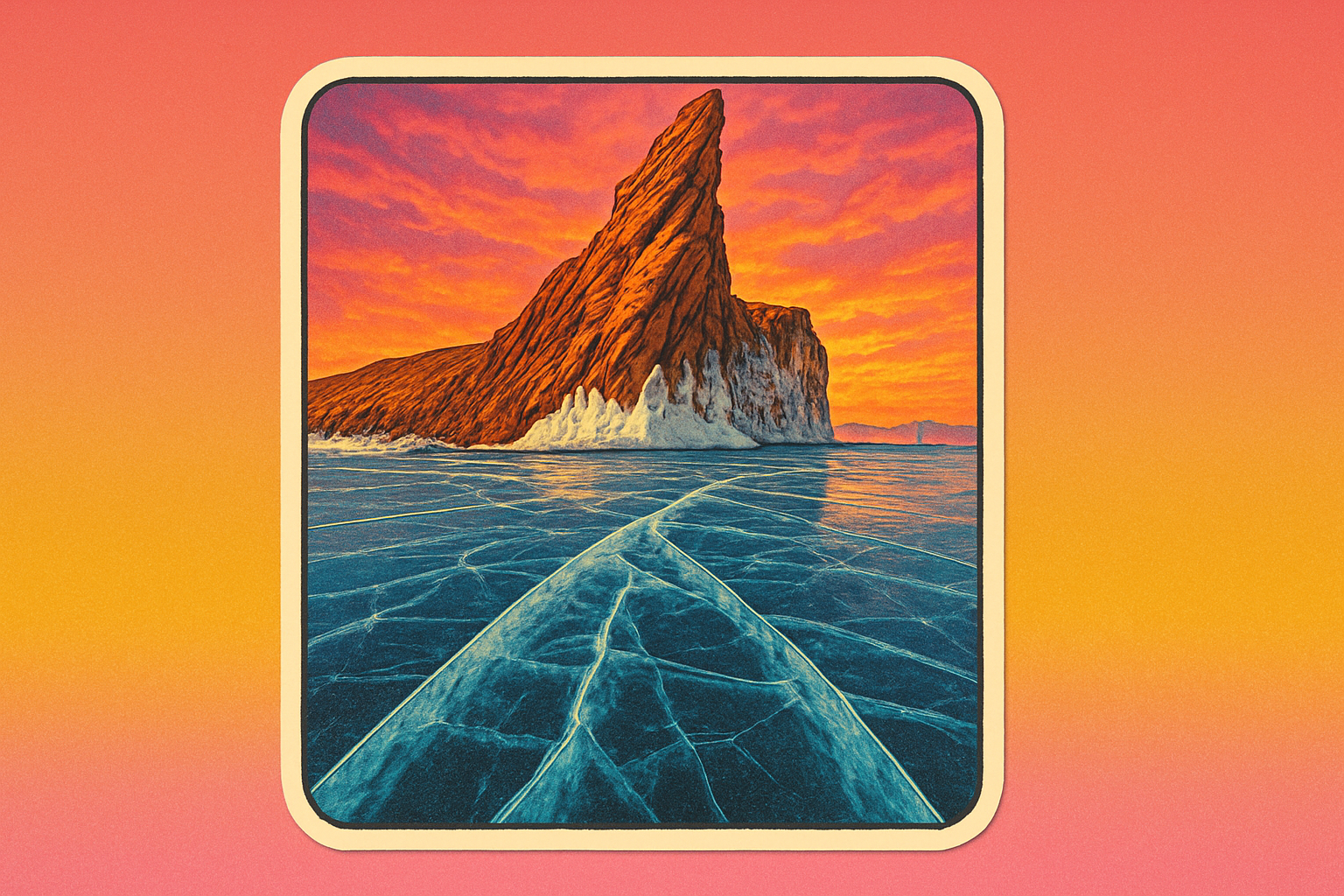[7 Fascinating Facts] About Lake Baikal’s Frozen Wonders
Introduction
Lake Baikal, nestled in Siberia, Russia, is one of the planet’s most extraordinary natural wonders. Often called the “Galapagos of Russia,” it hosts unique wildlife, pristine ecosystems, and holds 20% of the world’s unfrozen freshwater. Recently, Mario Nawfal highlighted the lake in a viral tweet and video, showing its breathtaking frozen surface and the harsh survival challenges faced by its inhabitants.
This article dives deep into the frozen realities of Lake Baikal, its wildlife, and why it remains a symbol of Earth’s enduring mysteries.
🚨🇷🇺 LAKE BAIKAL: THE ICE-LOCKED ALIEN PLANET HIDING IN SIBERIA
— Mario Nawfal (@MarioNawfal) September 22, 2025
For 3 months a year, Lake Baikal freezes so hard you can drive a truck across it: and still see 130 feet straight down through glass-clear ice.
This lake holds 20% of all the unfrozen freshwater on Earth. Not in… pic.twitter.com/m2nYySHFaK
1. The Oldest and Deepest Lake on Earth
Lake Baikal is over 25 million years old and plunges more than 1,600 meters deep. This makes it not only the deepest freshwater lake but also one of the most ancient bodies of water, predating the formation of the Himalayas.
2. Ice So Clear You Can See 130 Feet Down
During winter, Lake Baikal freezes for approximately three months, forming a solid layer of ice up to two meters thick. The ice is so clear that you can see far beneath its surface, creating a surreal “glass lake” effect.
3. Home to Unique Wildlife
Baikal is the only freshwater lake that hosts a seal species, known as the nerpa. These freshwater seals survive under extreme conditions, relying on adaptive behaviors like creating air pockets to breathe through the thick ice.
4. Life Thrives Against Brutal Realities
The lake’s harsh winter conditions create dangerous challenges for its inhabitants. A mother seal, for example, may leave her pup temporarily alone while hunting, highlighting the extreme survival tactics needed in such environments.
5. Global Freshwater Significance
Lake Baikal contains roughly 20% of Earth’s unfrozen freshwater, making it a critical natural resource. Its depth and purity play a key role in global ecology and climate regulation.
6. Possible Dual Evolution of Life
Scientists suggest Lake Baikal may be one of the few places on Earth where life could have evolved twice. Its isolation and unique conditions make it a living laboratory for evolutionary studies.
7. Seasonal Ice Transforms the Landscape
As the sun rises during the thaw, thirty billion tons of ice begin to melt, revealing the lake’s dynamic nature. This annual transformation not only shapes the ecosystem but also captivates photographers, scientists, and adventurers alike.
FAQs About Lake Baikal
Q1: Can you drive on Lake Baikal in winter?
Yes, the ice is solid enough for vehicles to traverse during the peak winter months.
Q2: Are there any endangered species in Lake Baikal?
Yes, the nerpa seal is unique to Baikal and is considered vulnerable due to environmental changes.
Q3: How deep is Lake Baikal?
It reaches a maximum depth of over 1,600 meters, making it the deepest freshwater lake in the world.
Q4: Why is the lake called the “Galapagos of Russia”?
Because of its unique biodiversity and endemic species found nowhere else on Earth.
Conclusion
Lake Baikal is more than just a frozen lake; it is an ecosystem of unparalleled beauty and resilience. From its glass-clear ice to the remarkable survival strategies of its wildlife, Baikal reminds us of the delicate balance of nature. The insights shared by Mario Nawfal highlight not only the visual grandeur but also the scientific significance of this Siberian marvel.
Understanding Lake Baikal deepens our appreciation for Earth’s freshwater resources, evolutionary mysteries, and the endurance of life in extreme conditions. It stands as a testament to the planet’s natural wonders—ancient, fragile, and extraordinary.


0 comments